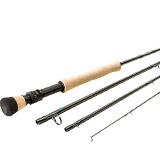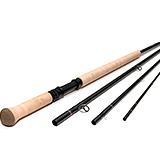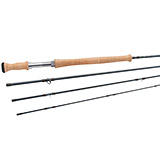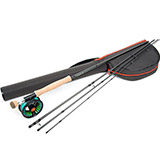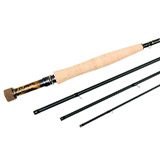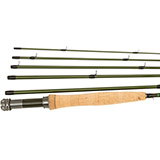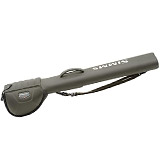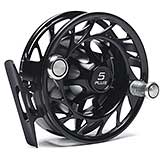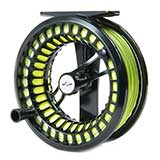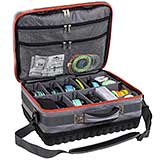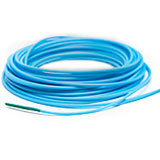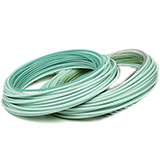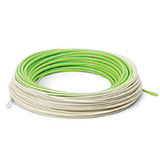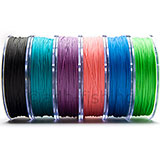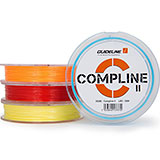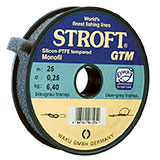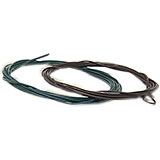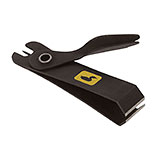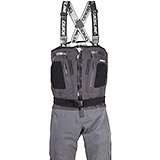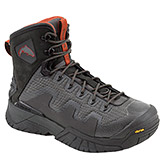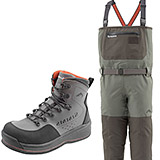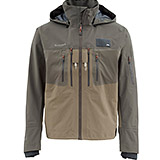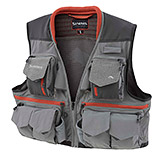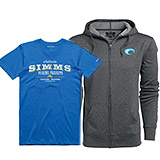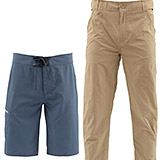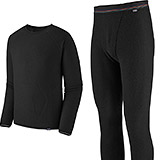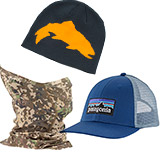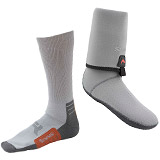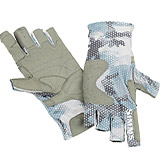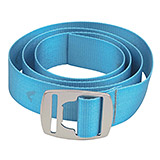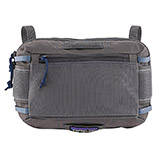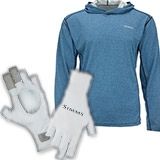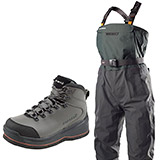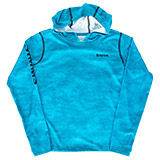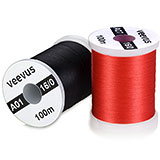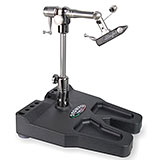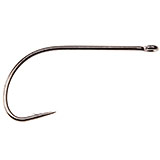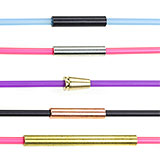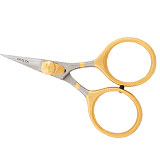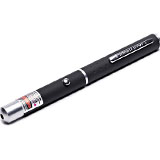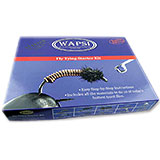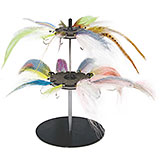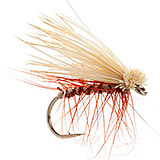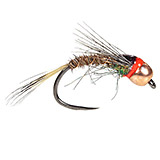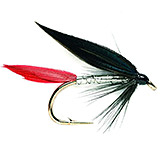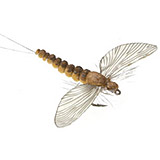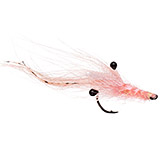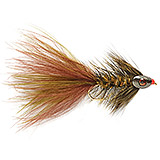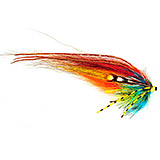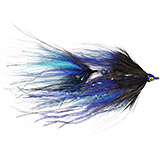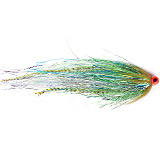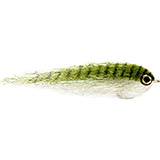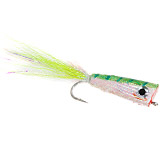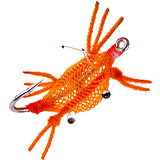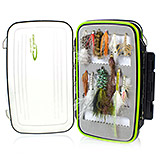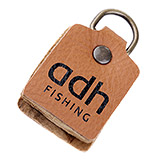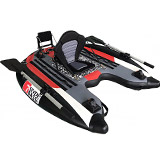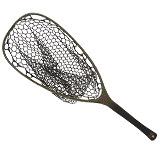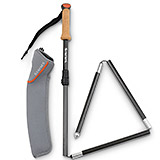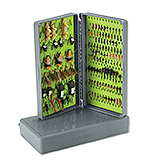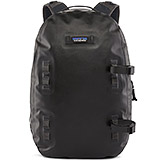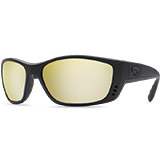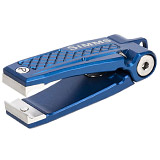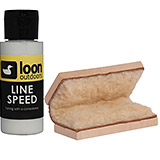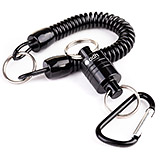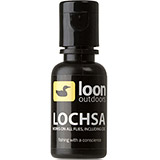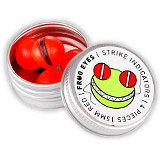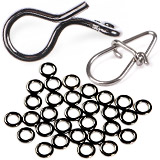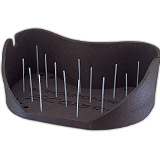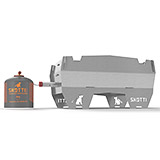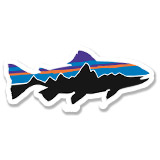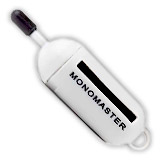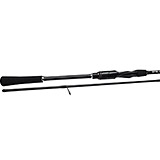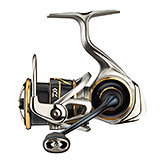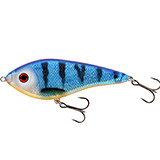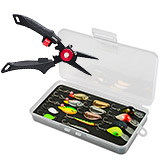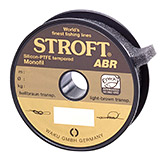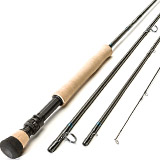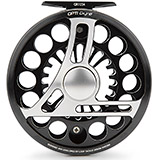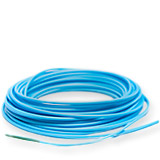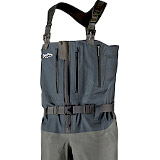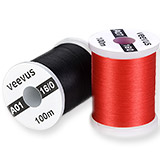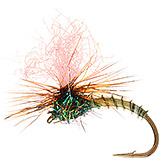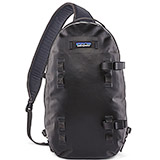Help & FAQ
On this page you will find answers to frequently asked questions.
Ordering Process
99% of our products are ready to ship from our warehouse and will be sent directly to you from there. To check if an item is available to ship directly, simply choose the variant of your choice in our online shop. The product page will display how long it takes to ship that particular item.
When a colour variant or size is missing on a product page, this variant will no longer be displayed as selectable. The item will be backordered and become selectable again once our warehouse has received the restock. However, on-sale item variants will not be restocked once they are sold out. If you are unsure if this applies, you can ask us via our contact form.
We can gladly check that for you, just send us your request via our contact form.
If you have questions on how to order, our customer service is there to help you.
Just leave us a message by typing "please ship today" in the comment field that is included in the ordering process. Please also remember to choose a payment option that processes immediately, such as credit card or PayPal. Additionally, the order has to be completed before 9 a.m. local time (Berlin time zone), otherwise we may not be able to guarantee same-day completion.
You can find all the information about our current bonuses directly on our bonus page, where you can also view your current shopping cart value eligible for bonuses at any time.
- Add items to your shopping cart: Add your desired products to your shopping cart as usual.
- Reach the required order value: Once you have reached the required order value for bonuss, you can select a bonus in the off-canvas shopping cart or directly on the bonus page.
- Secure your bonus: The selected bonus will automatically appear as a free item in your shopping cart.
- Only one bonus can be selected per order.
- Certain brands are excluded from the bonus promotion. An overview of the excluded brands can also be found on the bonus page.
- In the event of a return, the free bonus must also be returned.
- The offer is only valid while stocks last.
If you're having trouble redeeming your voucher code, please follow these steps:
- Enter the code in the shopping cart field labeled "Enter discount code...".
- Press Enter or click the button next to the input field.
- A message will appear at the top of the page indicating whether the voucher was successfully applied or if there was an issue (e.g. conditions not met or invalid code).
- Typing errors: Make sure to enter the code exactly as received, including correct capitalization.
- Spaces: Remove any spaces before or after the code.
- Conditions not met: Check if a minimum order value or specific products are required.
You can find details about your voucher in the email you received with the code or on the promotion page which is linked on our homepage during the promotion period.
If you're still experiencing issues, please contact our customer service – we're happy to help!
We can change or cancel orders as long as they are not packed for shipping yet. After that point, a change becomes unfeasible. Please note that the items for your order may be readily packed just hours after we received it. Hence, we ask you to contact us as soon as possible if you have a request for any changes.
Payment
We try to keep payment as easy as possible for you. Depending on destination country, you can safely process your payment via the following options: PayPal, credit card, advance payment (via bank transfer), cash on delivery, or adh-fishing gift vouchers. You can find more information on our page explaining Payment Methods.
If your payment is not processed successfully, please try a different browser or device.
If you are ordering in our online store, you can use gift vouchers for paying your order. Just enter your voucher code in the field marked "Enter discount code". If the remaining order total is 0 Euros, select advance payment as your payment method to progress.
Here you can find our gift vouchers.
Delivery and Shipping
We ship very fast since we have 99% of our products in stock at our local warehouse. Orders are usually dispatched the day after they are placed. Depending on the country of delivery, the order usually arrives the day after the next working day. However, please note that our warehouse is closed on weekends, so if you ordered over the weekend, we will process your order on the following Monday.
In the evening of the day we ship, we send you a shipping confirmation e-mail with a tracking link for your shipment. Furthermore, if you have a customer account, you can view the shipment status under "Orders".
On the day we ship, we send you a shipping confirmation e-mail with a tracking link around 7 p.m. (Berlin time zone). If your item(s) of choice is/are in stock, we will ship as soon as possible.
We can ship to almost any country worldwide. A list of all available shipping destinations can be found on our Shipping Costs page. If your country is not listed, please contact our customer service. The shipping costs are also listed on our Shipping Costs page.
No problem: You have the option to enter a different street address than the billing address or a DHL Packstation as your shipping destination when you order. This means your can have the order shipped, for example, to your workplace. Just use the field "alternative shipping address".
We ship via DHL or GLS.
Yes, this is possible. If you choose a delivery address in Germany, you can select the shipping method “Customer pick up in store (Peine, Germany)” during the ordering process. There are then no shipping costs.
Pick-up at the Shop (Kirchvordener Str. 54-56, 31228 Peine, Germany) is possible from the next day (Monday - Friday) between 10 am and 4 pm local time.
Account
Having a customer account lets you save your address and preferred payment method so you can order faster.
If you are logged into your customer account, your shopping cart will be saved for at least 14 days.
You can view all of your orders and see their status and tracking information.
Furthermore, you can manage several street addresses with your account.
You can simply set a new password for our shop. In the header area of the page, click the account icon, then select Log In, then "I forgot my password". We will then e-mail you a link that you can use to reset your password. Please check your spam folder if the e-mail does not arrive in your inbox within a few minutes.
You can change your password in your customer account any time via selecting "Personal Profile" and then "Login data".
You can set all details in your account yourself. Once you are logged in, you can change name, e-mail address, password and street address(es) or set your default billing and shipping address.
Your shopping cart will be saved in your customer account for at least 14 days so that you can browse through our range over several days and then buy everything together. If you log in again later and have more items in your shopping cart, the saved shopping cart will be merged with the new shopping cart. Please make sure that you are logged into your customer account in order to save the shopping cart.
The items in the shopping cart are not reserved and may be sold out in the meantime.
You can request a deletion of your customer account any time and we will delete all data pertaining to your person and account (except for any records we are legally required to keep). Please contact us via contact form. Please note that deleting will mean losing all benefits of your customer account.
Would you rather unsubscribe from our newsletter? You can unsubscribe via this page or the link provided in the newsletter itself.
Warranty and Return
Of course you can return any items that are not to your liking or return any items in the wrong size to order a fitting size instead. Our return window is 14 days. We have summarized all information on our Return page.
If your desired replacement item is available from our suppliers, we can gladly replace your current item with the desired one. Should this not be possible, we offer advice to choose an alternative.
Excluded items are:
- any items customized for you, such as backing cut to your length of choice
- lines which have been unwinded
- any items already used
- especially clothing which has been worn on the water (boots, jackets, waders)
If you would like to return several orders or your order had been split into several packages, we gladly offer you to return them in one package. Please read all information on how to process your return on our Return page. Then, include a copy of each order’s invoice in your package.
You will receive your money back via the same method you paid with. We process our reimbursements weekly.
Please do not send any items back before contacting us via Warranty contact form and providing us with a photo of the problem. In general, many warranty cases can be be processed just with photo evidence. Here you can find more information about Warranty.
Oh, that should not happen, so first and foremost, we apologize for the inconvenience. We will a help you to solve this problem. Please look up how to contact us on our Warranty page.
Please check your package for damages or lost contents immediately and do not accept it if it has been damaged visibly. If the damage was not discovered immediately upon delivery, it must be confirmed by a damage report at a DHL branch within a maximum of 5 days after delivery.
In case we have made any mistakes, in case of damaged products, or to process warranty claims, you will receive a return label. More information can be found under Return.
Fly Fishing
Fly fishing is a specialized form of angling using artificial imitations of insect life and other natural foods to attract the fish. Flies are not heavy enough to cast so special fly lines are used which give the weight for casting. The current or the anglers movements of the fly line are used to attract fish, and the fly may be cast and recast frequently so that fly fishing is a very active sport and great fun.
Flies are the names of the lures used for fly fishing. However no real flies or live baits are used – flies are imitations tied on the hook using synthetic materials, threads, feathers etc. and they can be very lifelike imitations of the natural insects or minnows etc. Special techniques are used to tie the flies and fly tying can be seen as a very skilful and artistic separate hobby in itself.
These are the basic flies:
Dry Fly: Dry flies float on the water surface and imitates a living or dead insect.
Nymph: Nymphs are fished under water at various depths depending on the weight of the fly and imitate insect larvae in different stages.
Wet fly: Wet flies are fished below the water surface and imitate live or drowned insects.
Streamer: Streamers are pulled actively through the water or the surface and imitate baitfish or other prey.
The classic species for fly fishing are trout, greyling and salmon. But there are countless more fish to target with a fly rod both in freshwater and saltwater. We have listed the main ones to give you a quick overview:
Saltwater:
Barracuda
Bonefish
Bonito / Tuna
Dorado
Garfish
Jackfish
Mackerel
Milkfish
Mullet
Permit
Redfish
Rooster Fish
Tarpon
Trevally (Giant Trevally, Bluefin Trevally)
Triggerfish
Sailfish
Sea trout
Snook
Freshwater:
Arctic char
Barbel
Brook trout
Brown trout
Bull Trout
Carp
Catfish
Chub
Golden Dorado
Greyling
Huchen (Danube Salomon)
Lake trout
Musky
Perch
Pike
Pike perch
Rainbow trout
Salmon (Atlantic and pacific salmon)
Steelhead
Taimen
The fly is too light to cast using its own weight therefore we use a special fly line which is weighted to propel the fly. The line is thicker than monofilament line and is usually tapered. It is classified according to the AFFTA scale and in theory the fly line number should match the rod classification.
The fly line is too thick to tie on to the fly so a small tapered leader is used to attach to the fly and give a good presentation.
A fly rod is designed to cast fly lines effectively. The reel seat is
placed close to or at the very end of the rod to optimize balance while
casting. The line is fed through special small guide rings on the rod.
Fly rods are available in various lengths and classes (#). The so
called AFFTA (former AFTMA) Class specifies how much line weight is
recommended. so each rod will be marked with the AFFTA number which
should match the line number..
The main material for building fly
rods is carbon fibre. But there are also rods made natural materials
(e.g. bamboo rods) or glass fibre.
Fly rods are divided in three main categories:
Single handed rods:
Single handed rods are held with one hand while casting. The second hand sometimes holds and guides the fly line.
The most common lenght of these rods is 9 ft (2,7 m). Generally they
are available between 6 ft and 11 ft in lenght and up to class 16.
Therefore they are used for all kind of waters and species of fish.
Double handed rods:
Double handed rods are held with two hands while casting. The are
longer than single handed rods and are mainly used for larger rivers,
e.g. for salmon or steelhead in class 8-10 and lengths up to 16 ft.
Now ultra light double-handed rods are available from 4 weight, 10 ft,
which can be used to target trout etc. in smaller streams
Switch rods:
Switch rods can be casted like single handed or double handed rods.
They are in-between rods: smaller and thinner grip than two handed rods
and a bit longer than regular single handed rods.
Available in class 5-9 and lengths between 10 ft and 11 ft.
The fly reel stores the fly line and for the most part got a break to drill fish. Compared to spin fishing the lines is unreeled before or while casting and released by hand. The hand holds the line and let it go meter by meter until the desired length is reached or the rest is released at once. Drilling a small fish is mainly operated by hand as well. Bigger fishes are usually drilled via reel. If the fish pulls out line, the crank of the reel spins with the spool and can't be held. There are just a few reels with anti-reverse-mechanism that work like spinning reels.
Besides the fly line the fly reels stores backing. That's a thin braided line after the main fly line for drilling.
Your waders and wading boots are the most rough-handled garment when
you are out fly fishing. You are fighting brushwood, climbing fences,
rocks covered in algae or pausing on mossy tree stamps. After fishing
they are coiled up and thrown in the back of the car over night – will
be fishing again the next day anyway?!
In the long run you will
notice that the waders get stiffer and perhaps more sweat is
concentrating on the inside combined with unpleasant smell. Are the
waders worn out? - Not necessarily. But it is about time to clean your
waders again!
The following information and care tips will help you to increase the live span and the wearing comfort of your breathable waders:
Why should I wash my waders?
- Breathability: mud, sand, fungals spores and other particles block the breatchable membrane
- Wearing comfort: the more soiled your waders the more stiffer they become
- Hygiene: despite the breathable membrane there are residues of sweat in your waders that grow gems and begin to smell unpleasant
- DWR - Finish: to get the best result when renewing your impregnation you should wash your waders before
When and how should i wash my waders?
After each fishing day or in between:
- Wash off mud, sand and other dirt before leaving the water
- Saltwater or dirty water: rinse the outside of your waders with fresh water directly after fishing or at home with your shower. This helps to prevent salt and sediments to dry into the membrane.
On demand or before renewing your DWR - Finish:
- Use the delicate cycle of your wahing machine 30°C or 40 °C ( please check the manufacturers' data)
- Only use powder detergent or special detergent, e.g. Revivex Cleaner
- No fabric softener (some detergents contain it)
- Use a low level in your dryer or hang it up for drying
How do I dry and store my waders between fishing?
After fishing you should always allow your waders to dry completely before you store them. This prevents the growth of mold, which blocks the breathability and smells unpleasant. Even if you’re out fishing the next day you shouldn't store your waders coiled up damp in your car! You will usually find a place to hand up your waders overnight. At the very least leave them unfolded.It is important to dry your waders both inside and outside. Therefore it is best to let them dry Hanging up from the straps. If that's not possible you can turn them over once while drying. The feet especially will take longer to dry out properly.
For long term storage don’t leave your waders hanging from the shoulder straps as they may loosen. Simply store them protected from light e.g. in a cupboard or in a bag together with your other wading gear to be ready for the next fishing trip.
You may have been in the common situation where you are ready to land a big fish after a long, dramatic fight and at the very last moment, when you are ready to grab it with your hand, it knocks the line with its tail and comes off! “If only I had brought a net with me!!”
That's not the only reason why we recommend a net at the waterside. If you use it properly it is both more gentle to the fish and less stressful for yourself. Especially if you are a beginner it is much more relaxed. It is so important when handling a fish not to damage the slime layer on its skin and there are good rubber catch and release nets specially designed to handle the fish with as little damage as possible.
Benefits of using a net:
- Fish can be landed faster (gentle to the fish and you can release it faster)
- Extended length handles are available – very useful when fishing from high banks or boats
- More comfortable to unhook and measure the fish
- They keep the fish safe and gentle under water until you take a quick snap shot
What are the main things to keep in mind when using a net?
- Avoid lifting the fish out of the water within the net
- The head of the fish should point against the current to help the fish take water through its gills and breathe normally
- When releasing the fish, drop the net completely under water and allow the fish to swim out when it is ready
- Always wet your hands before handling the fish (e.g. when taking a photo)
Contact to customer service
You can reach our customer service via the contact form or Monday to Friday 10 a.m. to 1 p.m. and 2 p.m. to 4 p.m. (CET) by calling +49 5171 25255.

